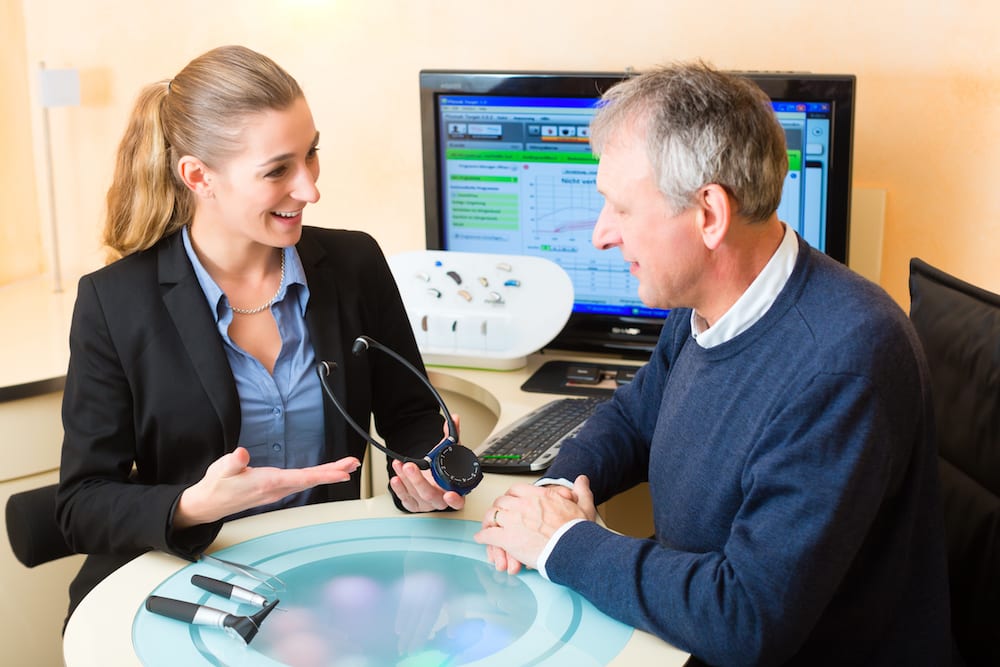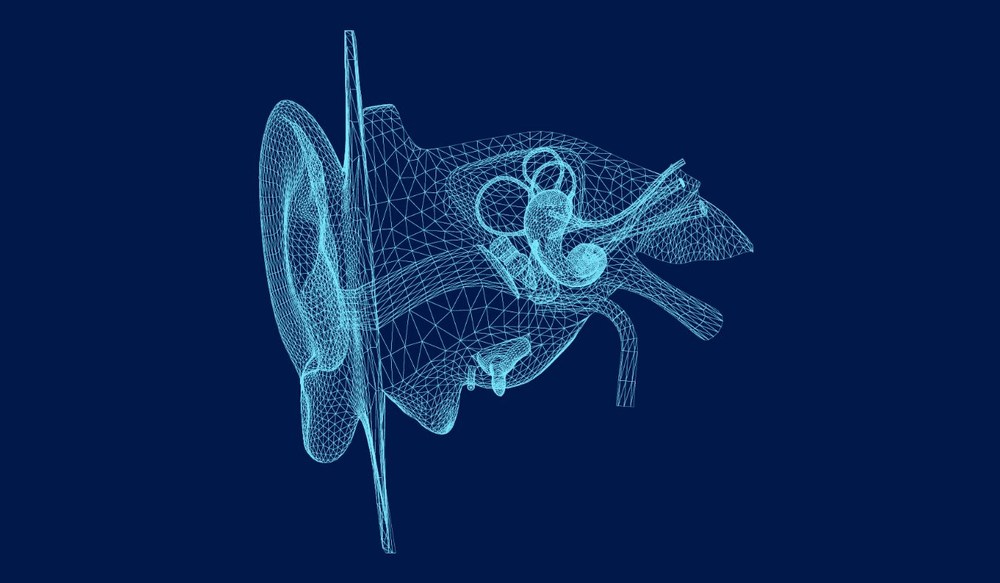How to Identify and Address Hearing Fatigue
You use your hearing constantly throughout the day, often without

The most important thing to remember when preparing for a diagnostic hearing evaluation or a hearing test is that not every hearing assessment is the same. Each diagnostic hearing evaluation comprises a full assessment of your ability to hear as well as your speech understanding but they also look at your inner ear, middle ear and outer ear. The test can take up to an hour, or longer, depending on the extent of your hearing loss. This is typically performed by an audiologist.
It’s important to note that there is a difference between the two. The main thing to note is if you have experienced a history of ear infections or sudden hearing loss which is a significant hearing difference between one ear and the other it’s important that you get a full diagnostic hearing evaluation.
In addition to this if you have concerns about your ears or are thinking about getting hearing aids for the first time undergoing a full diagnostic hearing evaluation can give you a full picture to the extent of your hearing issue.
Or if you are wondering if you qualify for hearing aids and just want to know if your hearing has changed it may not be necessary to have a full diagnostic hearing evaluation. In these circumstances, you could go for a hearing screening. But a screening doesn’t give you the time to discuss the problems in detail. It will tell you if you are a candidate for hearing aids based on your current level of hearing.
There are a handful of things you can do to make the process easier. Firstly, you should bring any prior test results with you to help the audiologist to determine if your hearing has changed substantially or if it has remained the same. Preparing yourself by making a list of all the situations where you struggle to hear can help your audiologist to pinpoint the areas to work on. Asking for more information about the types of hearing aids and hearing aid accessories can help especially when it comes to the various types of styles and advantages and disadvantages of each one.
If this is your first time visiting an audiologist, there will be a lot of formality such as paperwork, to begin with. The audiologist will get as much information from you about your medical history, from symptoms to common complaints and if you take medication. They need to get a specific picture of your ability to hear and if there’s any cause at the root.
A typical diagnostic hearing evaluation falls into three categories; an otoscopy exam, a tympanogram and a pure-tone test.
This exam is where the audiologist looks at your ear canal with an otoscope. Prior to this, the audiologist will examine the outer ear to give them a chance to recognize any signs of disease like an infection of the outer ear. If this is present, this may result in discomfort. The outer part of the ear is moved upwards and backward. This straightens the external auditory canal.
As the audiologist gets a clearer view from this angle, they can see the eardrum fully and may ask you to perform small actions at this point, such as blowing out while pinching your nose and closing up your lips, which can help them to see if there are any problems with the Eustachian tube, like a blockage.
The process of tympanometry helps to test if your eardrum. The audiologist tests this by putting a small probe with a rubber tip into each individual ear. They push air into each year which shows up on a graph and tells the audiologist if your eardrum is moving properly. As an eardrum can be too stiff or move too much, the audiologist gets a clearer picture of if you have fluid in the middle ear or a waxy build-up. Or it could be possible that your eardrum has a hole in it
The most common type of test in a diagnostic hearing evaluation. This is also known as the pure tone threshold test where you are put into a room and listen to different frequencies. The audiologist is able to determine your tone threshold based on the lowest volume that you can hear specific sounds. Each ear is tested individually. The test begins at an audible level and reduces by 10 decibels each time.
The results of the tests are illustrated on an audiogram which is a graph displaying your hearing thresholds. At this point, the audiologist may also conduct a bone conduction test with a small bone conductor behind your ear.
After this, the audiogram results will give a detailed picture of your hearing ability. The audiologist can tell whether you have a specific amount of hearing loss or not, as well as the severity. Visiting an audiologist is crucial if you want to find out if you have a severe hearing problem or a mild one. To learn more about Hear Here Audiology you can contact us at 727-289-1212 to get yourself booked in for a diagnostic hearing evaluation.

You use your hearing constantly throughout the day, often without

Allergy season brings familiar symptoms like sneezing, watery eyes and

Cold and flu season brings extra challenges when you wear hearing aids.